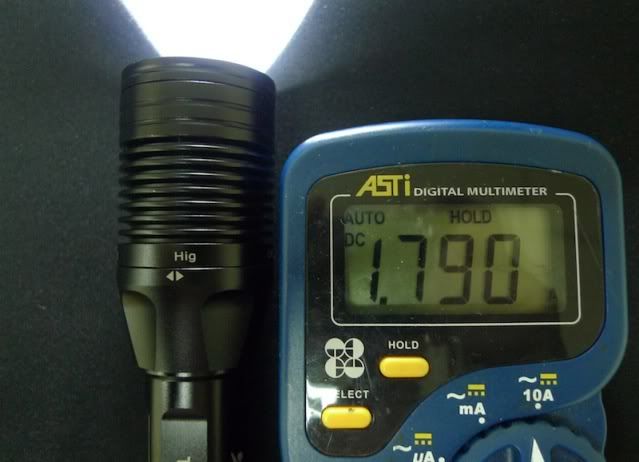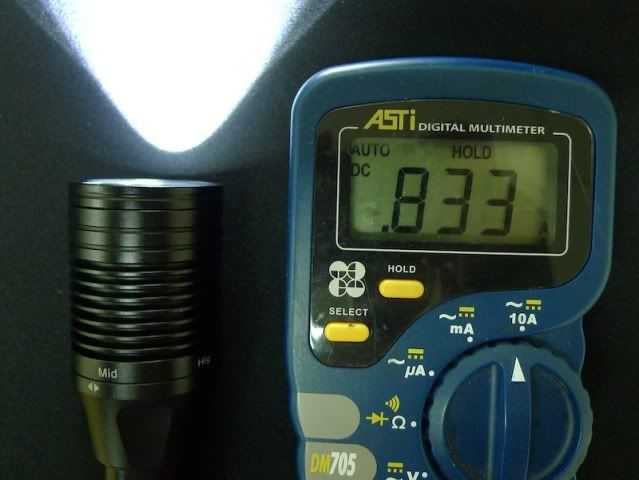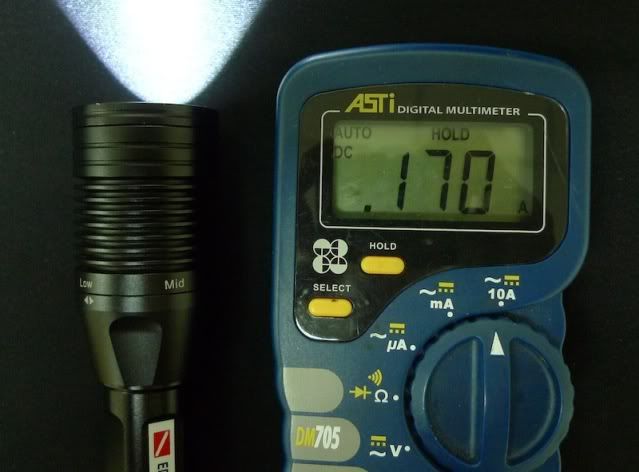Jak Crow
Contributor
So more than 200.The Sola 1200 has a 500 lumen spot, so it certainly isn't any more than that.
Welcome to ScubaBoard, the world's largest scuba diving community. Registration is not required to read the forums, but we encourage you to join. Joining has its benefits and enables you to participate in the discussions.
Benefits of registering include
So more than 200.The Sola 1200 has a 500 lumen spot, so it certainly isn't any more than that.
A bit OT, but just a few quick questions:
1. For the Surefire lights, were the lumens from the SF lights measured independently, or are they based on SF website data?
2. What emitters do SF lights use? There's a particular one - M6LT which SF rates at 900lm - that I'm personally interested in.
I'm asking because I have very limited exposure with SF lights and wanted to get the perspective of someone with experience.
Thanks.
1) 2) Since I believe the Surefire M6LT uses the same emitter that TrustFire is claiming to use, the flux U2(and personally experiencing the difference in visual light output) I can only assume that there is something fishy here. (remember, this is China were talking about) I wouldn't argue if I hadn't personally seen output of numerous Surefire lights of different lumens.
EDIT: On second look I see TrustFire is claiming to be using the T6? This doesn't seem to stack up right to the output I see wth the TrustFire. Could it be that they are using the T6, but not marrynig it up to optimal battery for it's potential? (SF123A's are 3V 1400mAh, but almost always used in a series of two or more)



LikewiseI can live with a 500-600lm light for 40 bucks.
Tailcap current less driver efficiency will give you the best approximation of light output.
Last time I checked, the human eye does not have the ability to integrate the output of a light source. If it had this ability, then one would not need an integrating sphere to measure output. The eye perceives intensity (or brightness - measured in lux) which is an entirely different thing altogether from output (measured in lumens)...
Take a very floody light, like a Zebralight and shine it at the wall from a distance of say, 20ft. Take another light with a similar output, but one which has a distinct hotspot, and shine it at the wall from same distance. Ask a person which one is brighter. Unless the person is a lighting engineer, most will tell you that the light with hotspot is brighter. Do this outside on a dark night and the result will be even more dramatic.



